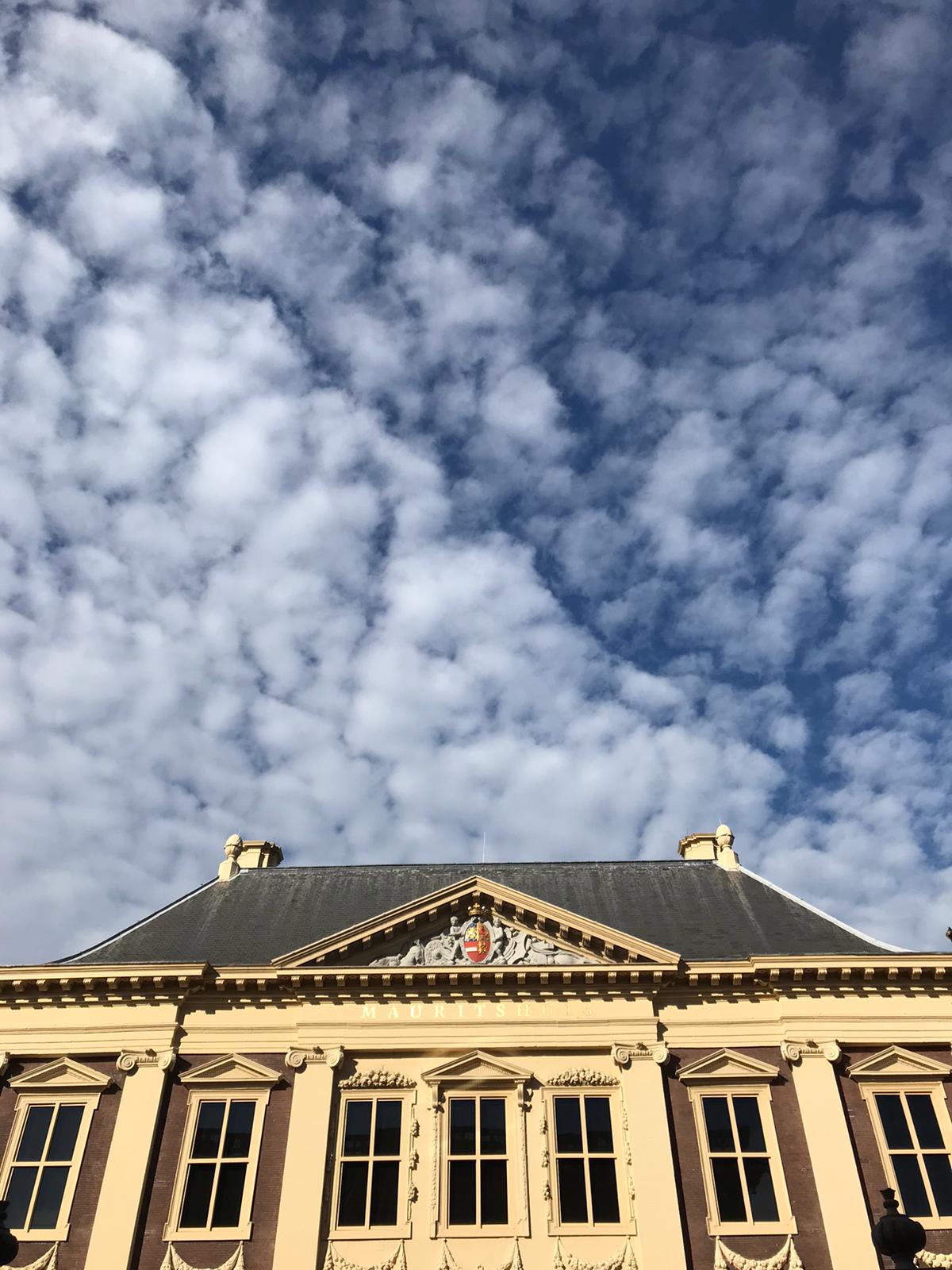The Hague is the capital of the province of South Holland, the seat of government of the Netherlands and hosts the International Court of Justice, one of the most important courts in the world. Being a fledgling in the legal industry, you can imagine my excitement at going to such a city. This was enhanced by the opportunity of seeing some masterly Dutch paintings.
The museum houses the Royal Cabinet of Paintings which consists of 854 objects, mostly Dutch Golden Age paintings. The collections contains works by Johannes Vermeer, Rembrandt van Rijn, Jan Steen, Paulus Potter, Frans Hals, Jacob van Ruisdael, Hans Holbein the Younger, and others. Originally, the 17th century building was the residence of count John Maurice of Nassau. Wikipedia
For the sake of the blind, I shall give you my top three highlights from the museum. Doing so will spare me embarrassment and make this post more easily digestible.
The above is by Peter Paul Rubens and is titled ‘Old Woman and Boy with Candles’. A Caravaggio-esque rendering gives this painting quite a luxurious feel. This painting was not created to be sold, it is believed Rubens kept it in his personal collection as a study for his pupils. And one can see why. Personally I think this is nothing short of a masterpiece. The way that light is portrayed as fluid and moving, the quasi crude showcasing of the aged woman contrasted with the stark youth of the boy observing her – everything about this piece just astonishes me.
Portrait of an old man by Rembrandt, finished 1667, is another highlight for me. I love a rough painting, one where the brush strokes are visible and meant to be seen. This relaxed old man was likely a friend of Rembrandts. One would not pay someone to paint them thus! I just love the expression, as though he has never been seated before. the way the stubble is painted on with one brush stroke is quite impressive too.
The portrait is very virtuoso, and Rembrandt knew exactly what he was doing. In some places he used his palette knife, and elsewhere he scratched in the wet paint with the handle of his brush. This is how he suggested the springy grey hairs under the edge of the hat. Mauritshuis
Jan Davidsz de Heem, Vase of Flowers, circa 1670 is our final highlight. Can you guess what really stood out for me in this piece?
Jan Davidsz de Heem was the most influential flower painter of his day. He spent various periods in Antwerp, where he became acquainted with the effusiveness of the south. Mauritshuis
For me the most outstanding aspect of this piece is the reflection in the vase in which objects on the window sill can be seen distinctly. I also notice on the shiny flesh around the exposed core of the central peach. The variety of wildlife and the detail given to each petal is also astonishing. This is a high quality image, but imagine seeing this in person.
If you’re in the Hague, please consider going to see the National Gallery, you won’t be disappointed.




